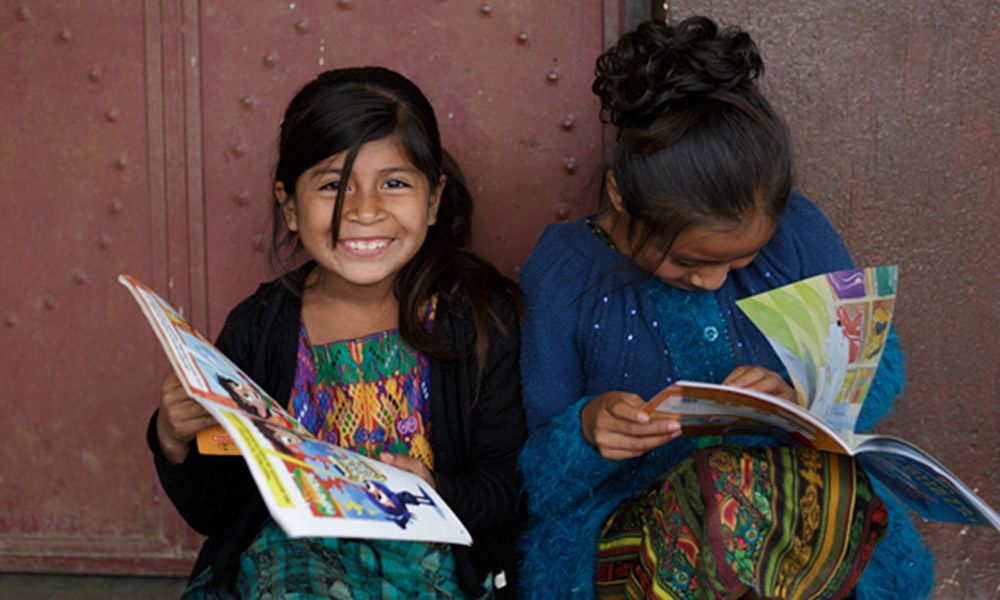
by Nancy Press, Ph.D | Child Aid CEO
As a pandemic shutters schools around the world and leads to catastrophic hunger and the decimation of economies in poorer nations, it’s easy to lose sight of less immediate problems. One long-term effect of the pandemic in the Global South is almost certainly the erasure of decades of progress in gender parity in education, especially in crucial early education.
In short, Girls are losing out again.
In his recent column for The New York Times, Nicholas Kristof states the problem in stark terms: “As is often the case in economic crises, the burden falls particularly on girls. More are being married off as children so that the new husband’s family will feed them, or they are sent off to the city to work as maids in exchange for food and negligible incomes — while facing an end to education and significant risk of abuse.”
For those few organizations that have focused on this issue, opinions are unanimous. “In the Global South….the crisis will have spill-over effects as families consider the financial and opportunity costs of educating their daughters… many girls will never return to school,” according to UNESCO and Plan International.
Globally, we’ve been here before. During the Ebola crisis (2014-2016), girls were 16 percent less likely to return to school after the virus abated than boys, according to a report by the Malala Fund. Another cited study found the disparity to be even higher, hovering at 25 percent.
If the Ebola crisis serves as a predictor, we can expect the worst to be fully realized in the aftermath of COVID-19: Parents may keep all their children out of schools when they re-open due to a lack of trust that the crisis is over and that schools are truly safe. Families may have grown accustomed to and reliant on the child care and household task labor of younger girls, while older girls might have become crucial, income-generating members of their families. And previous experiences with crises that interrupt schooling, such as the Ebola crisis, suggest that the longer children are out of school, the less like they are to return.
We Risk Losing Gains Made in Early Education
There is another less discussed problem. In many countries, such as Guatemala where Child Aid, the literacy organization I lead, works, the gains in early education are very recent. Sending young children – boys and girls – to school is a relatively new behavior and unlikely to be an ingrained expectation in many communities. There is grave danger that by the time the COVID-19 pandemic ends, many parents will lapse into the more familiar societal patterns of keeping children home from school.
Especially at risk are the girls in rural, indigenous communities where health and wealth inequalities are most marked. These communities generally fall outside the reach of government attempts to continue educational efforts during the pandemic. The “digital divide” between access-rich cities and smaller, less digitally connected communities is stark. Many of the government-provided educational materials produced for students require internet-enabled smartphones, tablets or computers. And only a tiny minority of families where Child Aid works have such access. Teachers said using the distance learning curriculum was simply not possible where they taught.
Learn how you can support girl’s education in Guatemala.
The effort to bring girls back to school following this global crisis will have to be enormous and systemic. It will not be easy. Human Rights Watch, in a plan tailored for African governments that face this same dilemma, suggests launching nationwide back-to-school campaigns loaded with messages that are culturally appropriate to various communities, targeting the particular beliefs and issues that may be obstacles to getting girls back into school.
There are, in fact, no simple solutions to this problem, but awareness of the special danger that COVID-19 school closures poses to girls in the Global South must be a first step.
Nancy Press is co-founder and CEO of Child Aid. She was trained as an anthropologist and is professor emerita at Oregon Health and Science University in Portland, Oregon.